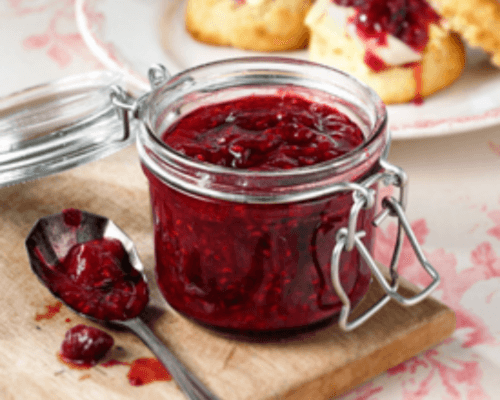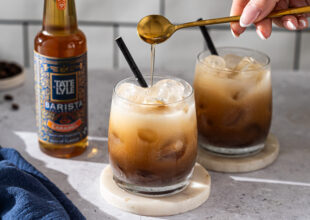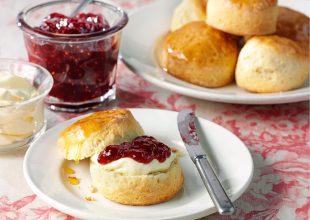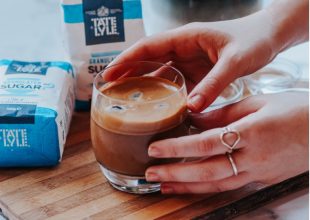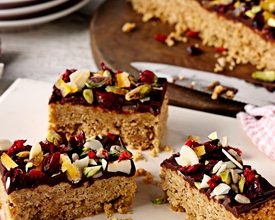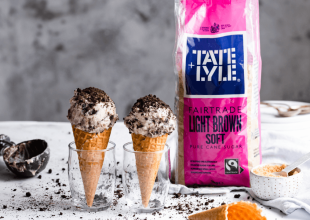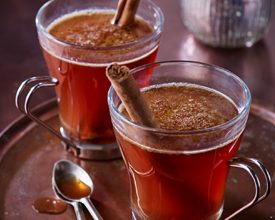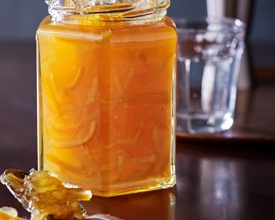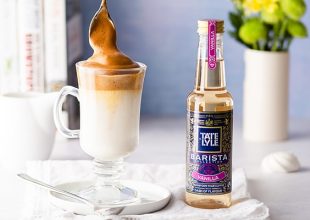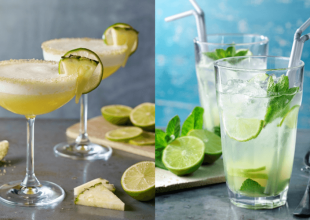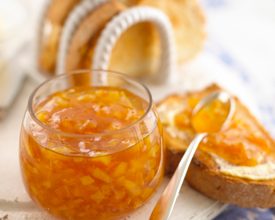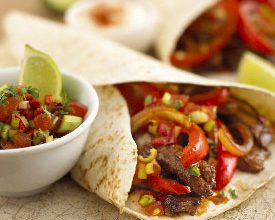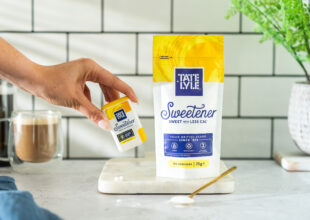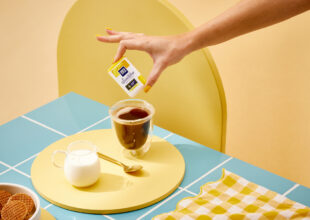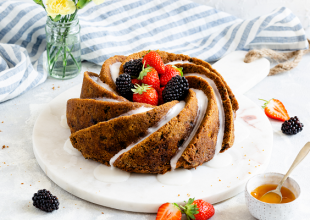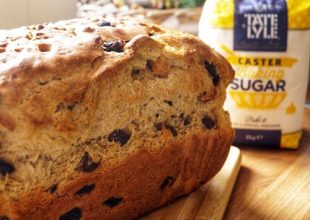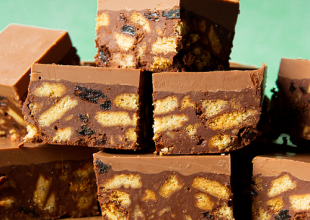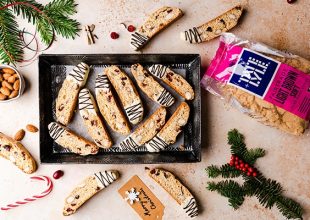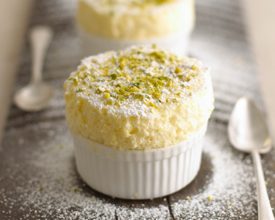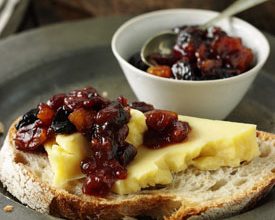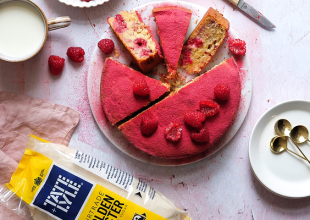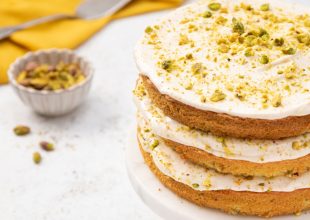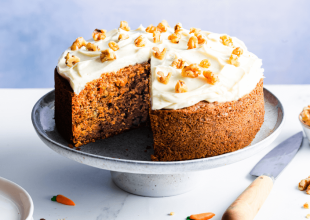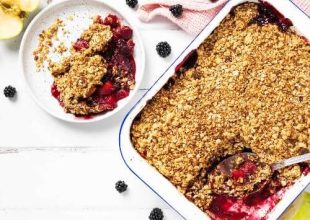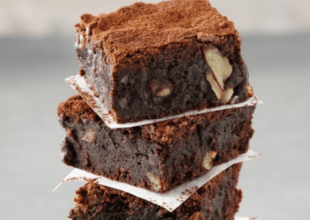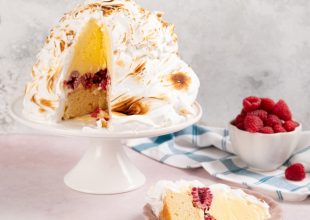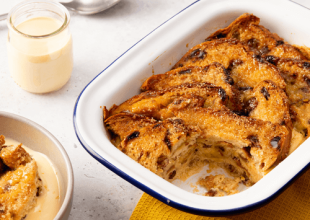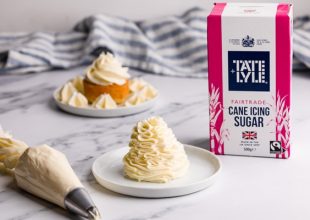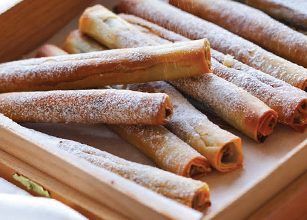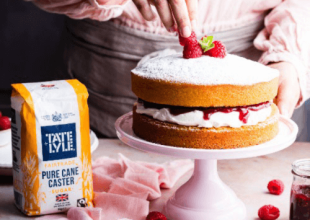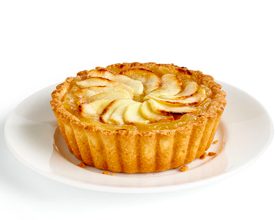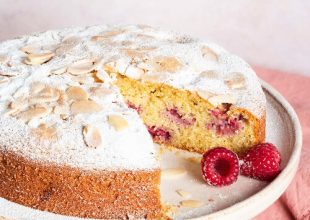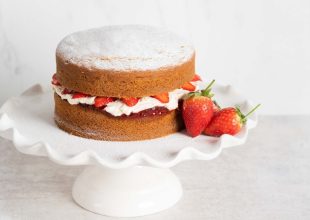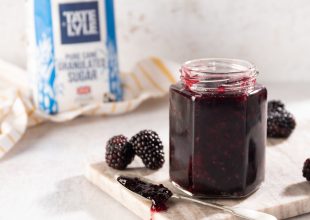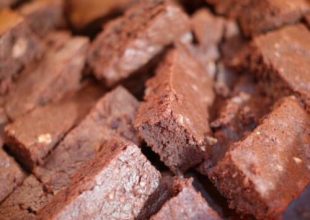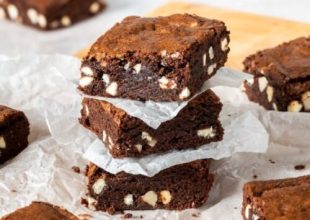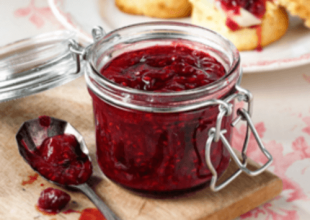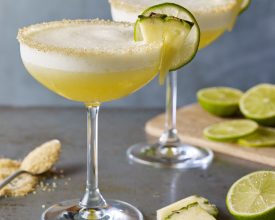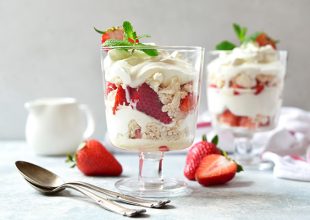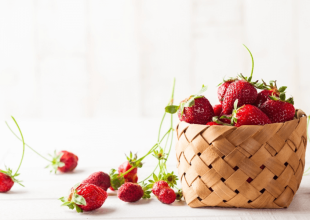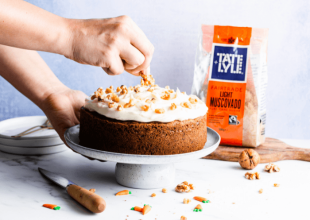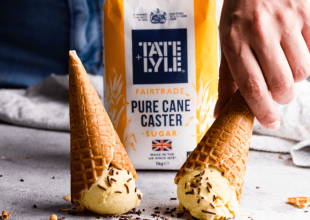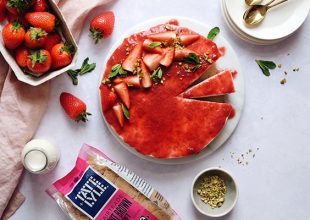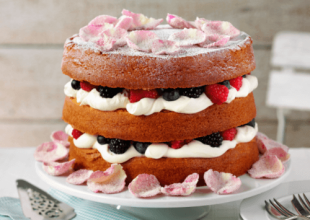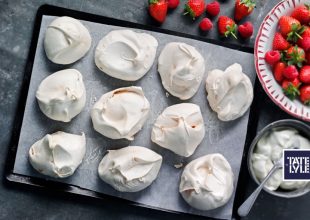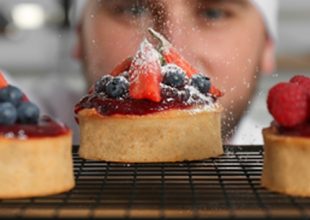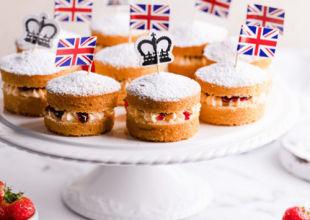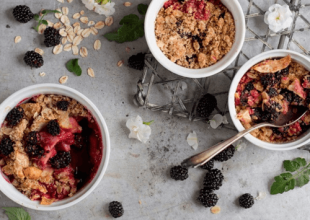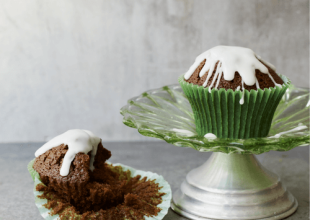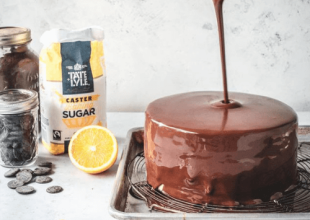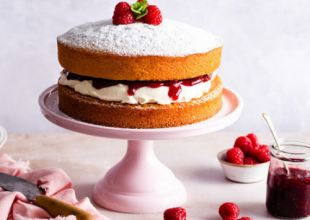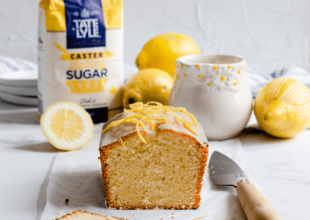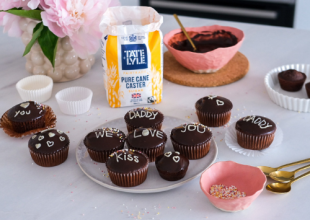What’s the difference between jam sugar and normal sugar?
Jam sugar is like the superhero version of regular sugar, with added pectin and sometimes citric acid to help your jam set perfectly with the ideal texture. Pectin is a natural thickener found in fruit, but some fruits are low in pectin and don’t contain enough of it to make a good jam. So, jam sugar swoops in to save the day and provides the extra pectin needed to help you make jam that’s not too runny or too solid.
Regular sugar, on the other hand, is just sugar. It doesn’t have any added pectin or acid, so it can’t make jam on its own nearly as easily. You’ll need to add those ingredients separately if you want to use regular sugar in your jam-making endeavours.
Which jam sugar is right for your recipe?
Tate & Lyle Pure Cane Jam Sugar is a special blend of high-quality sugar and pectin designed to help you achieve the right balance of sweetness and texture in your homemade jams. The cane sugar adds a natural, rich sweetness that complements the flavour of your fruit perfectly, while the added pectin helps to create a smooth and consistent texture that’s not too runny or too thick.
This product is easy to use and takes the guesswork out of creating delicious, sweet, berry-based jams. Ultimately, it helps you simplify the jam-making process without sacrificing quality.
To get the ideal result, simply use 1kg of fruit to 1kg of jam sugar.
Tips and tricks for cooking with jam sugar
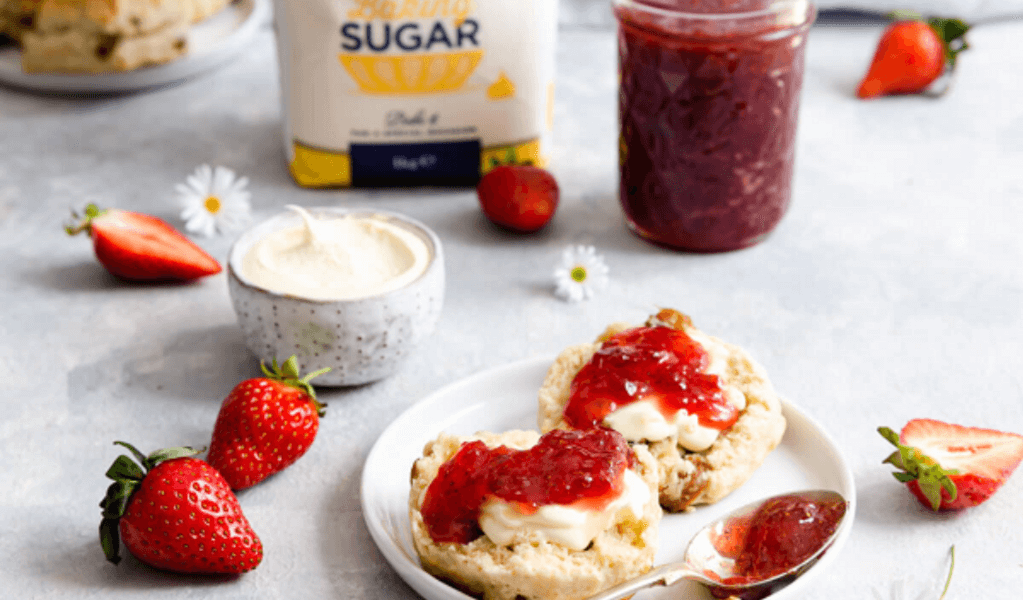
Add it in at the right time
It’s important to add the jam sugar at the right time. If you add it in too early, the sugar can cause the fruit to break down and become mushy. If added too late, the jam may not set properly. Follow the instructions on the jam sugar package or recipe to ensure you add it at the right time.
Stir regularly to prevent burning
Jam sugar can burn easily if not stirred regularly, so be sure to stir your jam mixture frequently while cooking. We recommend using a heavy-bottomed saucepan to help distribute the heat evenly and prevent scorching.
Avoid boiling the jam too vigorously
Vigorous boiling can cause your mixture to heat up too quickly and unevenly, creating bubbles that pop and splatter and ultimately causing the mixture to stick to the sides of the pan and burn. To prevent this, keep an eye on the temperature and adjust the heat as needed to maintain a gentle boil.
Delicious jam recipes to try with jam sugar
Ready to take your jam-making game to the next level? We’ve got you covered with four tantalising jam recipes featuring our family-favourite Tate & Lyle Jam Sugar.
